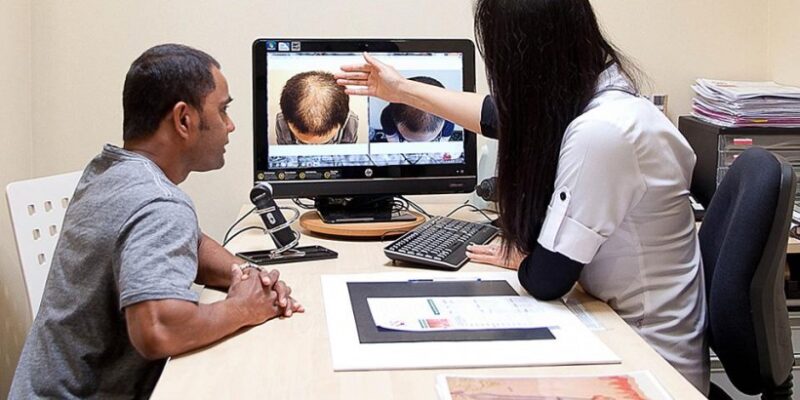A quadruple test, also called a quadruple marker test, quad screen, quad test or second-trimester screen, is a prenatal test used to measure levels of 4 substances in an expectant mother’s blood. These 4 substances are:
- Human chorionic gonadotropin (HCG): This hormone is made by the mother’s placenta.
- Inhibin A: It is another hormone made by the mother’s placenta.
- Alpha-fetoprotein (AFP): This protein is made by the developing baby.
- Estriol: This hormone is made by the baby’s liver and the mother’s placenta.
The quad test is usually carried out between the 15th and 18th weeks of pregnancy, i.e., during the 2nd trimester. Nevertheless, the test can be done up to the 22nd week.
What is Quad Screen in Pregnancy?
The quadruple test helps find out whether your pregnancy has a high chance of being affected by specific conditions like neural tube defects and Down Syndrome.
If you have a low risk, the quad test can help reassure you that there is a lower chance for abdominal wall defects, neural tube defects, trisomy 18 and Down syndrome in the baby.
If the test reveals a higher chance of the occurrence of any of these conditions, additional testing or screening is usually needed.
Look for the “best maternity hospital near me” to schedule a date for this test if you are in the 2nd trimester of pregnancy.
Why Is Quad Test Important?
The quadruple test evaluates the chances of your baby having any of the conditions below:
- Down Syndrome (trisomy 21): The syndrome is a chromosomal condition that leads to developmental delays and lifelong intellectual disability, and in some cases, health disorders.
- Trisomy 18: This is a chromosomal condition that causes extreme developmental abnormalities and delays in the body structure. The condition is usually fatal by the age of 1.
- Spina Bifida: It is a birth defect that takes place when a part of the neural tube cannot close or develop properly. This causes defects in the bones of the spine and the spinal cord.
- Abdominal Wall Defects: Due to these defects, abdominal organs like the intestines of the baby stick through his/her belly button.
The quadruple marker test has always been one of the most common screenings done in the 2nd trimester. It was usually used if prenatal care started during the 2nd trimester or in case 1st trimester screening which involves an ultrasound exam and a blood test, was not available. Your doctor may combine the quad test with the results of the first-trimester screening to detect the presence of Down syndrome better.
Sometimes, the health care provider may recommend Prenatal cell-free DNA screening instead of the quadruple test.
A negative quad test result doesn’t promise that the baby won’t have particular birth defects, a single-gene disorder or a chromosomal abnormality. If the test result is positive, the healthcare provider may recommend further screening to make a diagnosis.
The second-trimester screening is a routine prenatal screen test. It is not associated with a risk of pregnancy complications like a miscarriage. Nevertheless, consider searching for a “leading maternity hospital near me” to get your quad screen done safely.




